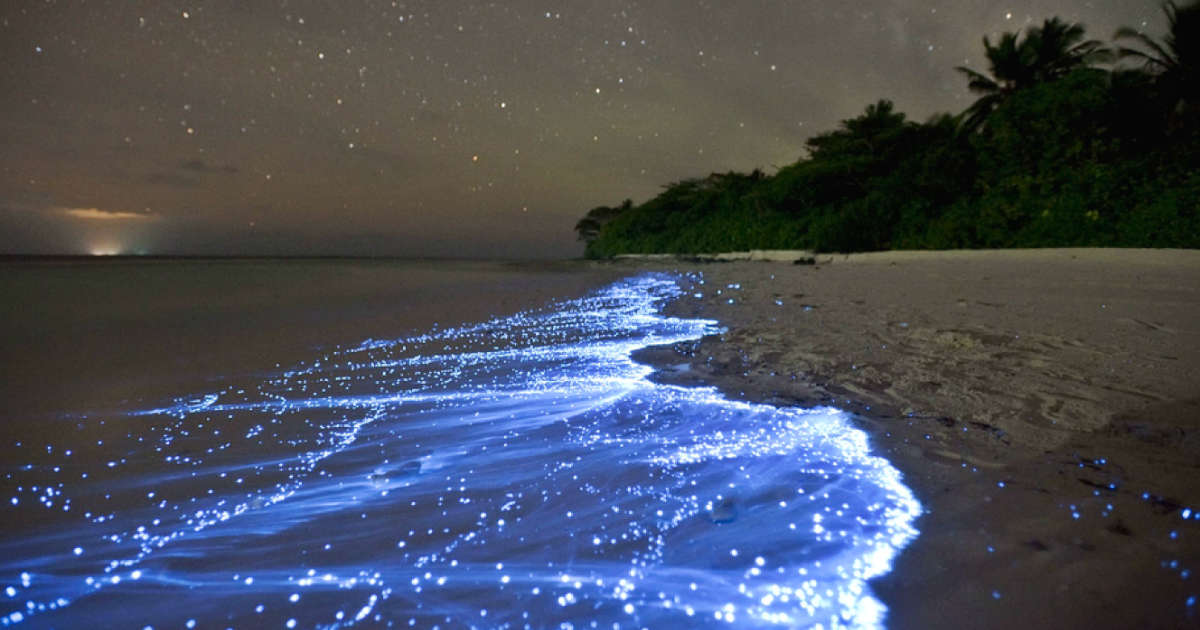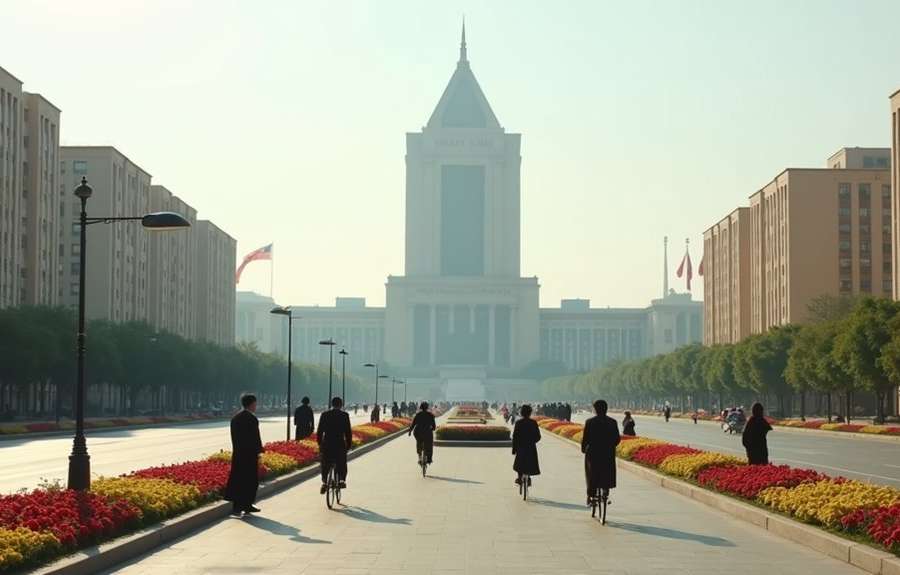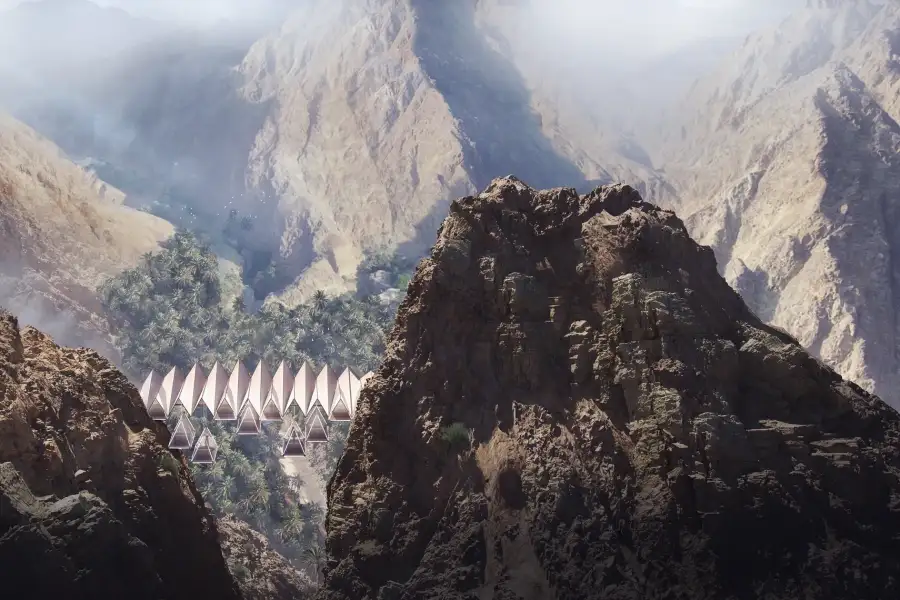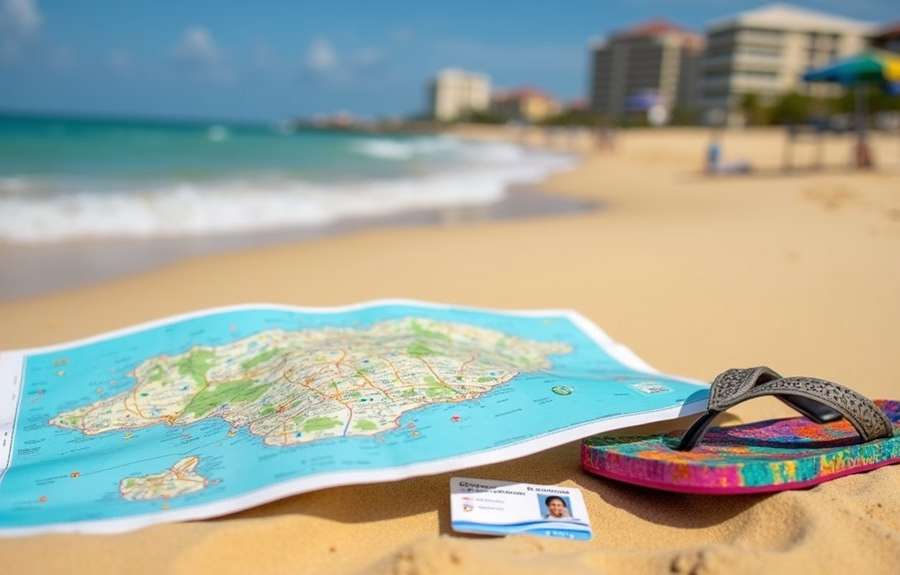The sea is full of wonders, and one of the most stunning sights to behold is the eerie blue glow of certain beaches around the world. As night falls, the waves come alive with tiny neon dots that resemble stars washing up on the shore, creating a surreal scene. This phenomenon is known as bioluminescence and is caused by tiny microorganisms that have evolved to glow in order to startle or distract potential predators.
The Maldives: A Sea of Stars
One of the most famous locations for witnessing this natural wonder is the Maldives, a tropical nation in the Indian Ocean. Comprised of 26 ring-shaped atolls, the Maldives is made up of more than a thousand coral islands. The spotting of the sea of stars is dependent on climate and plankton growth throughout the year, but visitors have the most luck seeing the blue glow from about July to February, especially during a new moon.
The Science Behind Bioluminescence
Bioluminescence is a natural chemical reaction that occurs when microorganisms in the water are disturbed by oxygen. As the waves crash on the beach, the water glows in the dark and gives the impression it is acting like a mirror that reflects the sparkling stars above. The phytoplankton’s blue glow is like a defense mechanism that wards off predators from eating them.
Bioluminescence: A Global Phenomenon
Although the Maldives is one of the most spectacular locations to witness bioluminescence, this phenomenon occurs on many islands and locations around the world. Bioluminescent plankton are highly unpredictable and even in the Maldives, there is no time of year that you can guarantee seeing the glowing waters. However, as previously mentioned, people have had the most luck between July and February.









